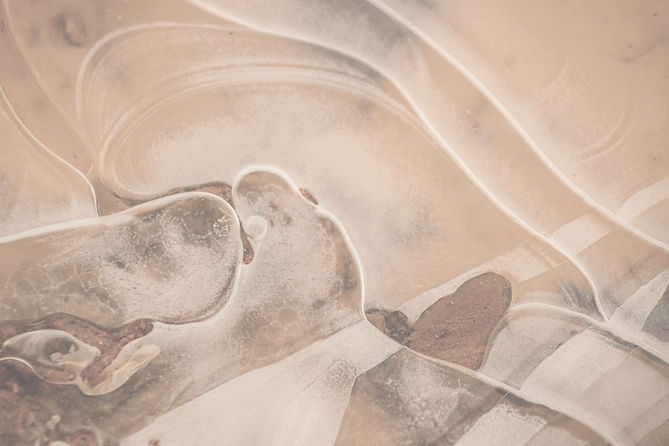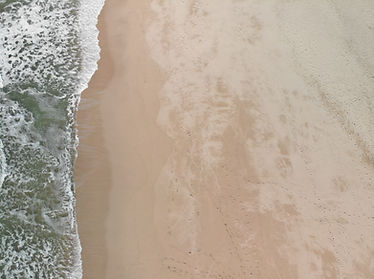
Full Service Optometry and Optical

Dry Eye Treatments
Dry eye, or Ocular Surface Disease (OSD), can have many causes and solutions to help relieve symptoms of dryness. We follow a step by step process to determine what solutions work best for patients on a case by case basis.

Initial Assessment
OSD Diagnosis
During your initial dry eye appointment with an optometrist, you'll begin discussing your symptoms and any relevant medical history. The optometrist will then perform baseline testing, which may include measuring tear production assessing the quality of your tears, and evaluating the health of your ocular surface. This thorough evaluation helps to pinpoint the underlying cause of your dryness. Once the assessments are complete, your optometrist will work with you to develop a personalized treatment plan tailored to your specific needs.
Holistic Approach
Non-Medical Treatments
In mild cases, alternative treatments for dry eye can be quite effective in addition to traditional drops and medical interventions. Incorporating lifestyle changes, such as increasing humidity levels in your living space and taking regular breaks from screens, can significantly alleviate symptoms. Supplements like omega-3 fatty acids may also promote eye health reduce dryness. Additionally, using thermal heat compresses can help unclog blocked in the eyelids, providing relief and improving overall comfort.


Managing the Biofilm
Microblepharoexfoliation
Microblepharoexfoliation is a technique designed to enhance eyelid by effectively removing debris and buildup from the eyelid margins. This process helps in alleviating discomfort associated with dry eye and promotes overall eyelid health. Additionally, the use of lid wipes can provide a convenient and gentle way to clean the eyelids, while incorporating tea tree oil treatments can further assist in microbial and demodex issues, making it a powerful ally in managing dry eye symptoms.
Meibomian Glands
Gland Expression for MGD
Oil glands, specifically the meibomian eyelids, play a crucial role in maintaining eye health. They produce an oily substance that forms the outer layer of the tear film, preventing evaporation and keeping the eyes hydrated. When these glands don’t function properly, it can lead to dry eye symptoms, causing discomfort and irritation. Proper oil production is essential for a balanced tear film, is vital for clear vision and overall eye comfort. These glands can be manually expressed and cleared to allow for increased oil production and flow in office.


Advanced Treatments
IPL and RF
Intense Pulsed Light (IPL) and radiofrequency (RF) treatments offer effective solutions for managing dry eye symptoms. IPL therapy targets inflammation and improves meibomian gland function, which helps enhance tear production and stability. Meanwhile, radiofrequency treatments stimulate production and promote tissue healing, providing relief from discomfort and dryness. Together, these innovative therapies can significantly enhance eye comfort, improve overall eye health, elevate the quality of life for those suffering from chronic dry eye conditions where other treatments have not worked.
Drops and Medications
Rx and OTC Drops
Eye drops and prescription eye drops can significantly alleviate the discomfort associated with dry eye. They work by providing essential moisture, helping to hydrate the eye's surface and reduce irritation. Over-the-counter options are readily available and can offer quick relief for mild symptoms, while prescription eye drops are tailored to address severe cases, often containing active ingredients that improve tear production or enhance stability. Use of these drops can lead to improved eye comfort, better visual clarity, and an overall enhancement in quality of life for those suffering from dry eye syndrome.
